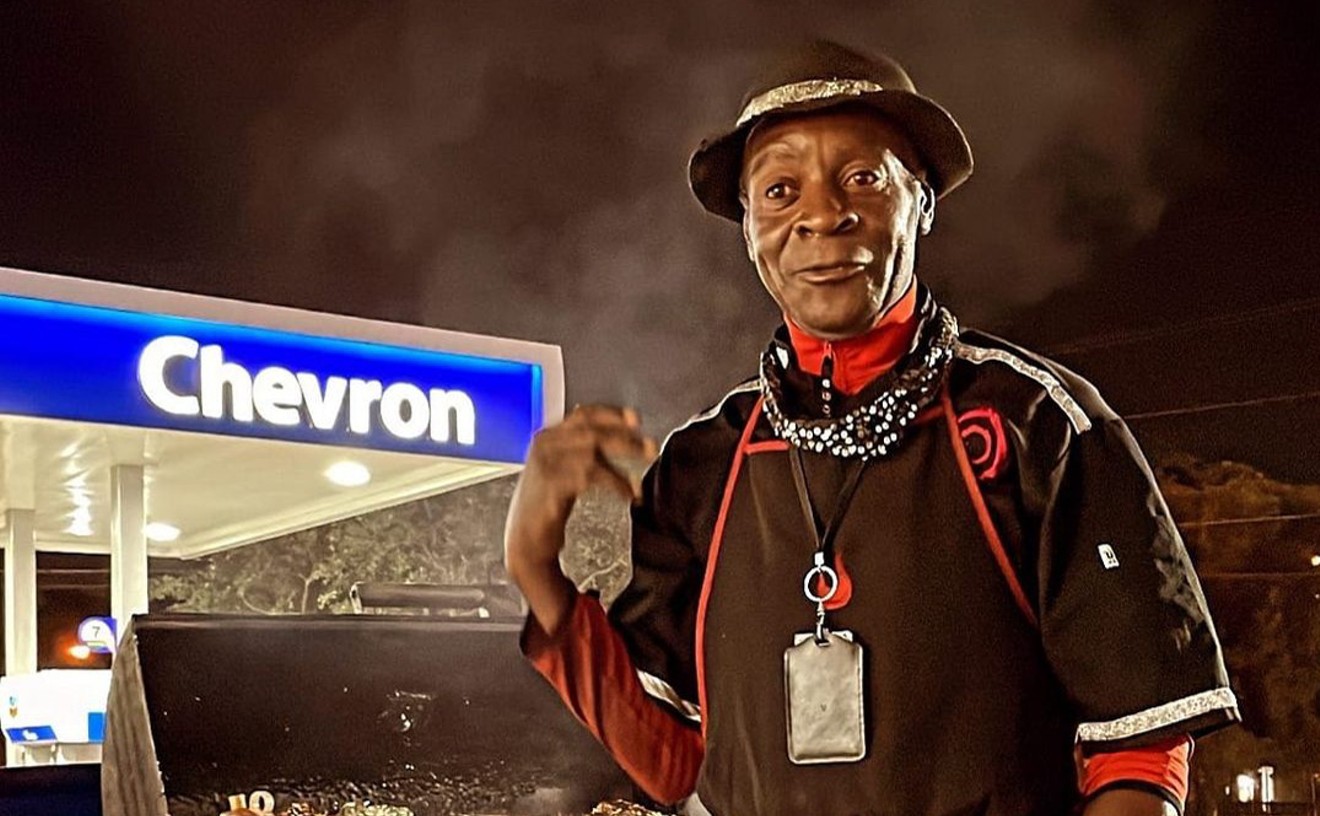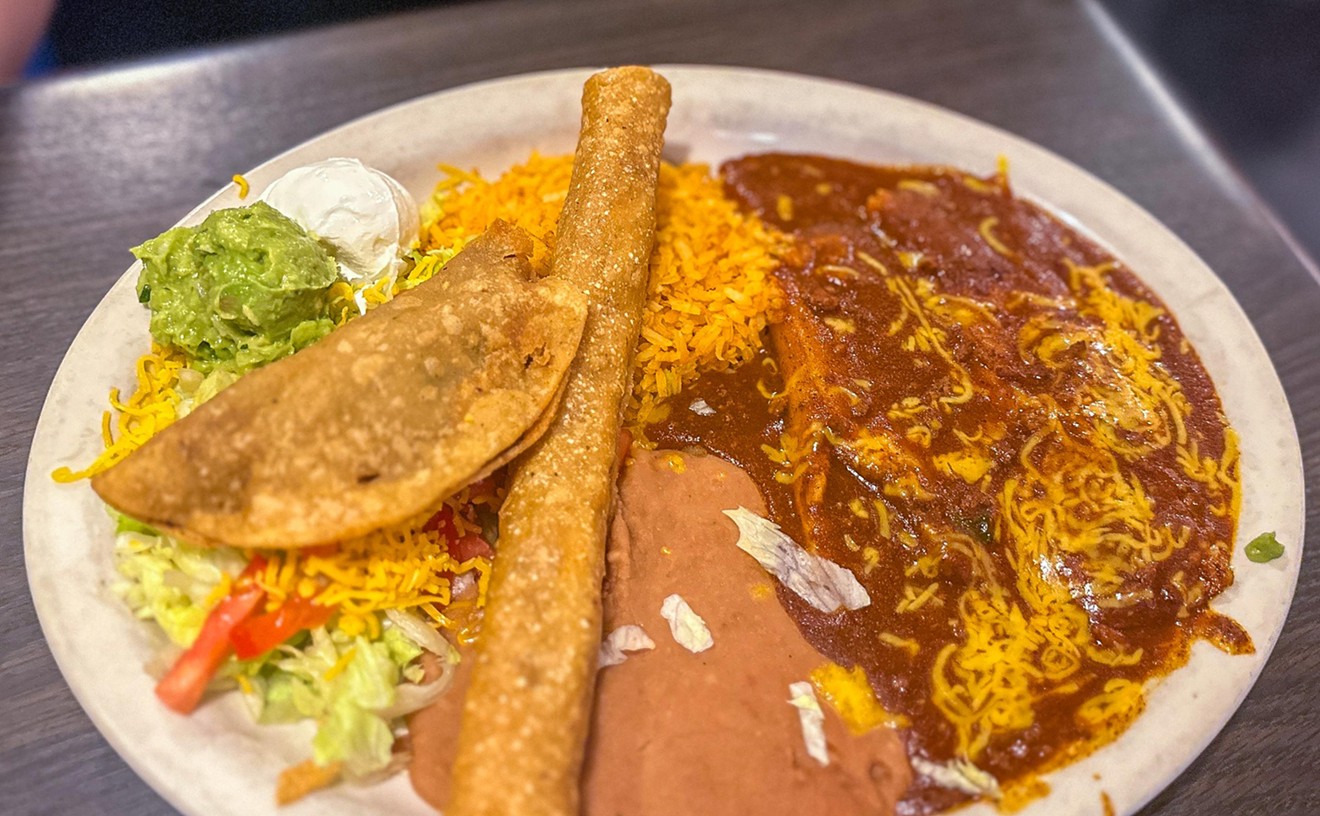I was recently seated at Charlie Palmer near a group of seemingly-sophisticated diners (I was listening in on their conversation about the best way to get to Tanzania until Jon Voight showed up and I refocused my eavesdropping). They were working their way through a pile of sweetbreads when a server inquired after their appetizers.
"I don't know," one of the women said. "Just what kind of bread is this?"
I always figured people who could afford to order a $16 plate of country-fried thymus glands knew what they were getting. Apparently not. In the interest of averting another menu mix-up, City of Ate presents the five most common misleading food names:
1. Welsh rabbit
Rabbits abound in Wales' countryside, but none of them show up in this cheesy dish. Welsh rabbit is a mix of melted cheese, beer and seasonings served on toast. The origins of the dish's name are foggy, but it might reference the Welsh love of the cheese or the poverty of Welsh farmers who couldn't afford rabbit meat. The name isn't a complete misnomer - the dish really does hail from the United Kingdom. And, in a bit of identity confusion worthy of Shakespeare, Welsh rabbit wearing an egg is known as a golden buck.
2. Geoduck
Said aloud, this certainly has the ring of an undercooked water fowl. But a geoduck is neither gooey nor a duck: It's a three-pound softshell clam that hangs out in the Pacific Ocean. The geoduck's name is derived from a Native American word for "dig deep," which is either what sea otters had to do to nab the slimy sea creature or cooks had to do when handling it. According to the authoritative Food Lover's Companion, a dictionary of all things culinary, the geoduck is "funny-looking."
3. Head cheese
Don't look for head cheese on a cheese plate: Despite its name, head cheese is actually a sausage made with the meaty bits of barnyard animals' heads, with hearts and feet sometimes added for flavor. A relative of souse - a worthy candidate for silliest food name --, gelatinous head cheese is cooked in a mold and served in thin slices. Like real cheeses, it goes well with crackers.
4. Mincemeat
Culinary adventurers don't score any offal points with mincemeat, a yuletide dried fruit concoction that's typically baked into pies. Historians believe the first mincemeat recipes called for diced beef or liver, but cooks apparently decided the mix of fruit, nuts, spice and brandy was just fine without the animal protein.
5. Mountain oysters
I once worked at an oyster bar in the mountains where mountain oysters were a regular menu item - and the source of endless embarrassment for unwitting tourists who ordered them. Mountain oysters, better known as young cow balls, can be fried, sautéed, braised or poached - but, unlike waterborne oysters, generally aren't enjoyed raw. According to the Food Lover's Companion, the official term for the delicacy is "fries," which is really even more confusing.










